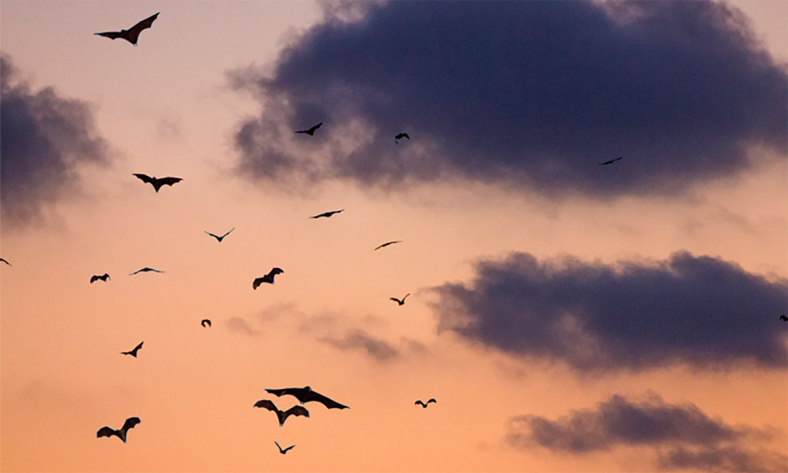Residents in the Nepean, Blue Mountains, Lithgow and Hawkesbury regions are being reminded to be cautious when approaching an injured or distressed bat as they may carry the fatal disease, lyssavirus.

It is assumed that any bat in Australia could potentially carry lyssavirus.
A close relative to the rabies virus, Lyssavirus has been found in species of flying foxes/fruit bats and insect-eating microbats. It is assumed that any bat in Australia could potentially carry lyssavirus.
Nepean Blue Mountains Local Health District Director of Public Health, Dr Victor Carey says if you find an injured bat, do not attempt to handle it yourself.
“Lyssavirus can be transmitted from bats to humans through infected saliva from a bite or scratch and can easily be contracted through breaks in the skin,” says Dr Carey.
Dr Carey warns that although an animal may not look ill it still can be infectious without showing visible signs of sickness.
“The best way to protect yourself from infection is to leave the handling of the animal to the trained experts. Call your local wildlife rescue group or local veterinarian who can help care for the animal,” says Dr Carey.
Bats are more active in the summer period and large numbers of bats sometimes die following prolonged exposure to heat, or when they are unable to find enough food.
In the past bats have tested positive to lyssavirus in and around the region.
If you or someone you know has been bitten or scratched by a bat immediately wash the wound with soap and water for at least fifteen minutes. An antiseptic solution with anti-virus action should be applied after washing, and a doctor consulted for further treatment and advice as soon as possible. Rabies can be prevented following a bite or scratch by urgent vaccination and post-exposure treatment.
For more information about lyssavirus refer to the Rabies and Australian bat lyssavirus infection fact sheet.








